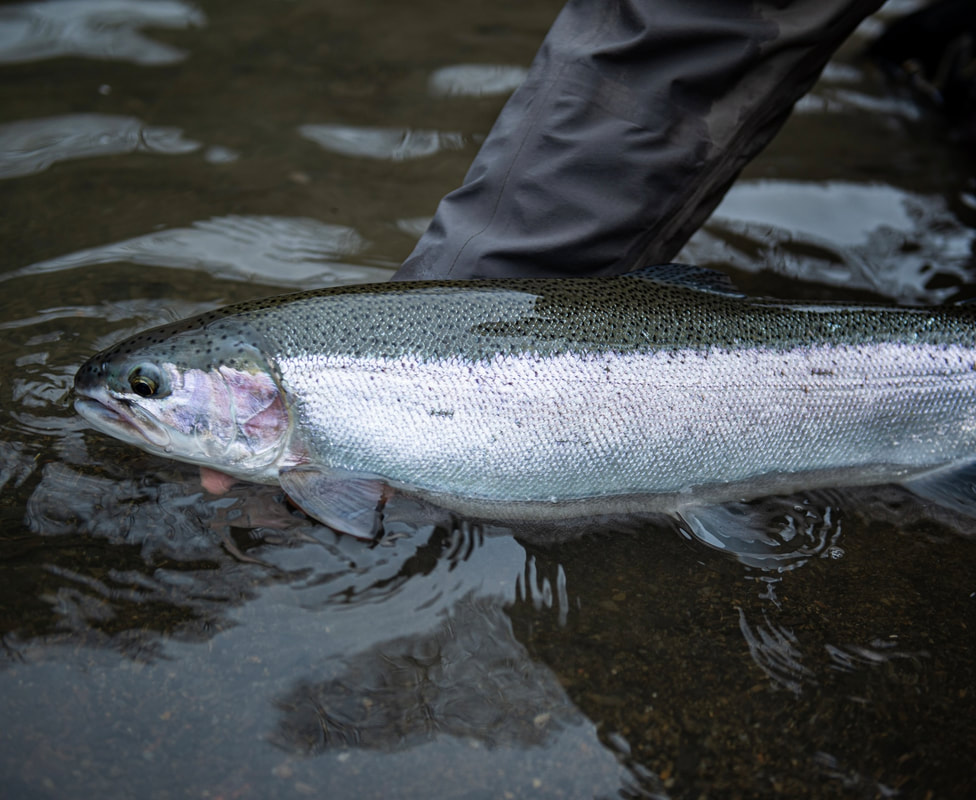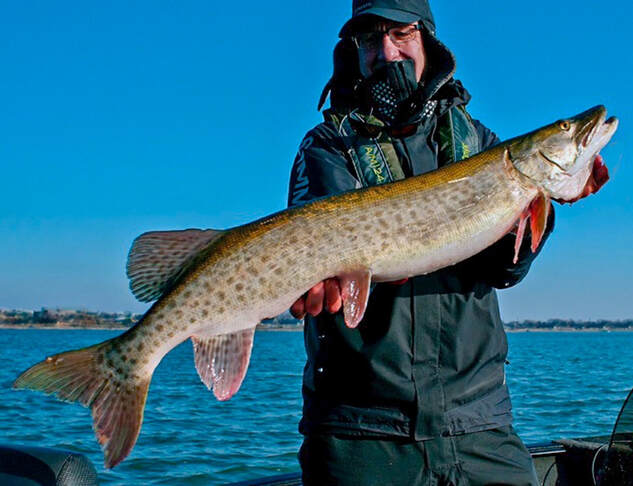A thermometer is an important piece of a steelheader’s equipment and will help to unlock some of the mysteries of a river. The optimum water temperature range for steelhead is 42 to 58 degrees F. Within this range, 50 to 55 is ideal. What this means to an angler is that within the optimum range, steelhead tend to be most aggressive and capable of moving a long distance to intercept or chase a fly. This temperature range can be found on most Great Lakes rivers from late September through November. That is why I prefer that time of year for steelhead fishing. In the fall, steelhead are spread throughout the river in a wide range of water and are susceptible to a range of angling techniques. Normally, fall water temperatures need to fall into the mid 60s before steelhead enter the stream or river.
|
ArchivesCategories |


 RSS Feed
RSS Feed
